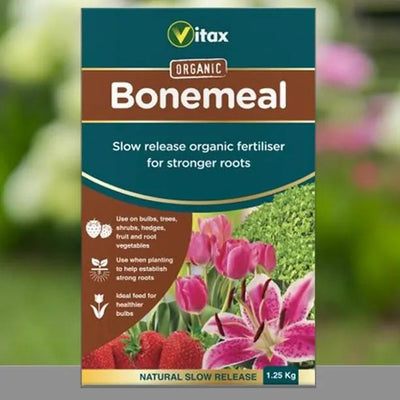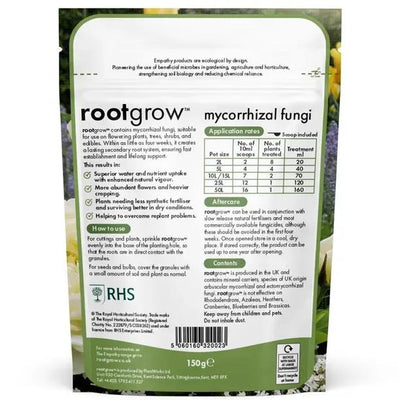Norfolk Royal Russet Apple Trees
'Norfolk Royal Russet' this lovely eating apple has that wonderful golden russet texture laid over a classic yellow and red-splashed skin: very handsome indeed! It fruits in September, storing into December, perhaps January.
The flesh is quite soft yet still firm and chewy, on the dry side and so not mushy or spongy at all. It has a sweet, rich, deep flavour with notes of pear and nuts, quite unlike other russets, so we promise it's well worth a try if you think you don't like russets!
The white spring blossom and pale-whitish green new leaves make this an exceptionally attractive tree, whose tidy, compact habit's simply perfect for a garden specimen in full view of the house.
Browse our range of apple trees, or all our fruit trees.
Read our guide to buying apples.
Delivery season: Bareroot plants are delivered in late Autumn to Spring, about November-March inclusive.
Features
- Use: Eating. Excellent flavour, distinct from other russets
- Spur bearer (good for cordons & espaliers)
- Self-sterile, Pollinator.
- Pollination Group C
- Picking: September.
- Stores in a cool dry place till December
- Colour: Yellow/red over russeted skin
- Good disease resistance
- Former RHS Award of Garden Merit holder
Growing Royal Russet Apples
Apples like a rich, well drained soil, and will thrive on clay in locations that do not get waterlogged in winter.
A full day of sun and shelter from the wind is ideal.
Disease notes:
Good resistance to scab and mildew.
Rootstocks:
We use MM106 for Norfolk Royal Russet, the UK standard for medium-sized trees, ideal for gardeners. Grown as a half-standard, MM106 gives a tree about 4 metres tall, and as a bush about 3 metres. MM106 maidens are suitable for cordons and espaliers.
Pollination Partners for Norfolk Royal Russet
Your trees are self sterile and their flowers must be pollinated to make fruit.
Norfolk Royal Russet is in Pollination Group C, which cross-pollinates with other apple trees in Groups B, C and D.
Use our Fruit Pollination Checker to quickly find pollination partners, or Apple Tree Pollination Guide to learn more.








 Secure, One-Tap Checkout
Secure, One-Tap Checkout
 Hand Picked, Delivered to Your Door!
Hand Picked, Delivered to Your Door! 1 Year Bareroot Guarantee
1 Year Bareroot Guarantee













